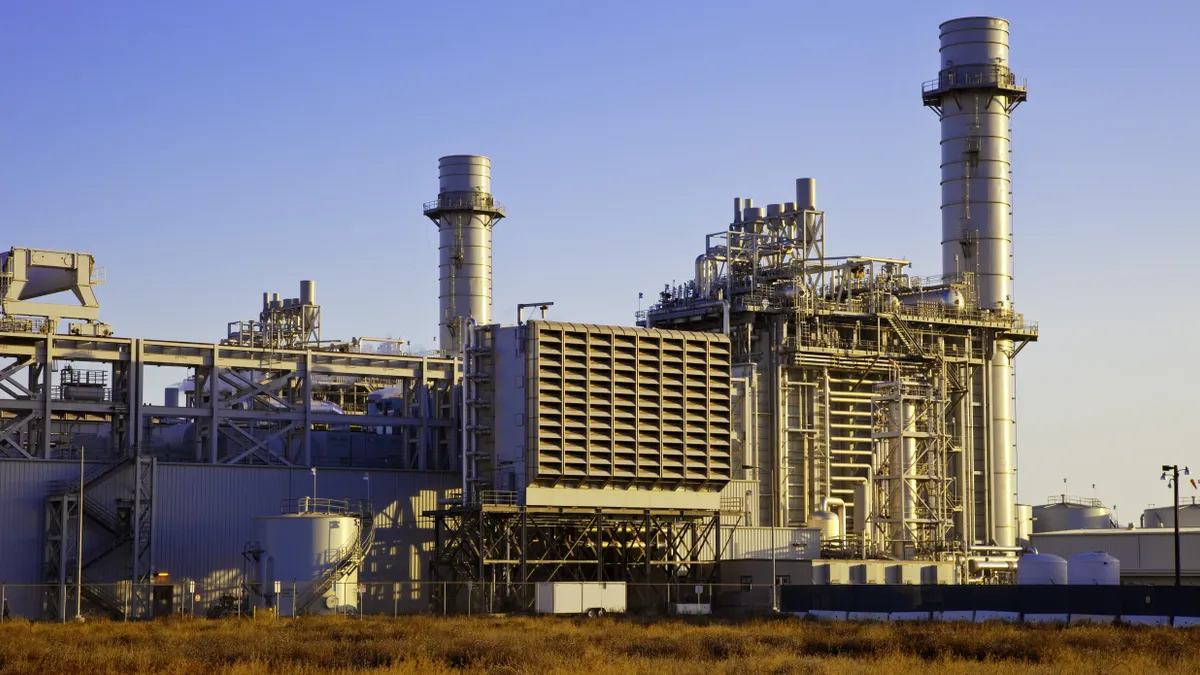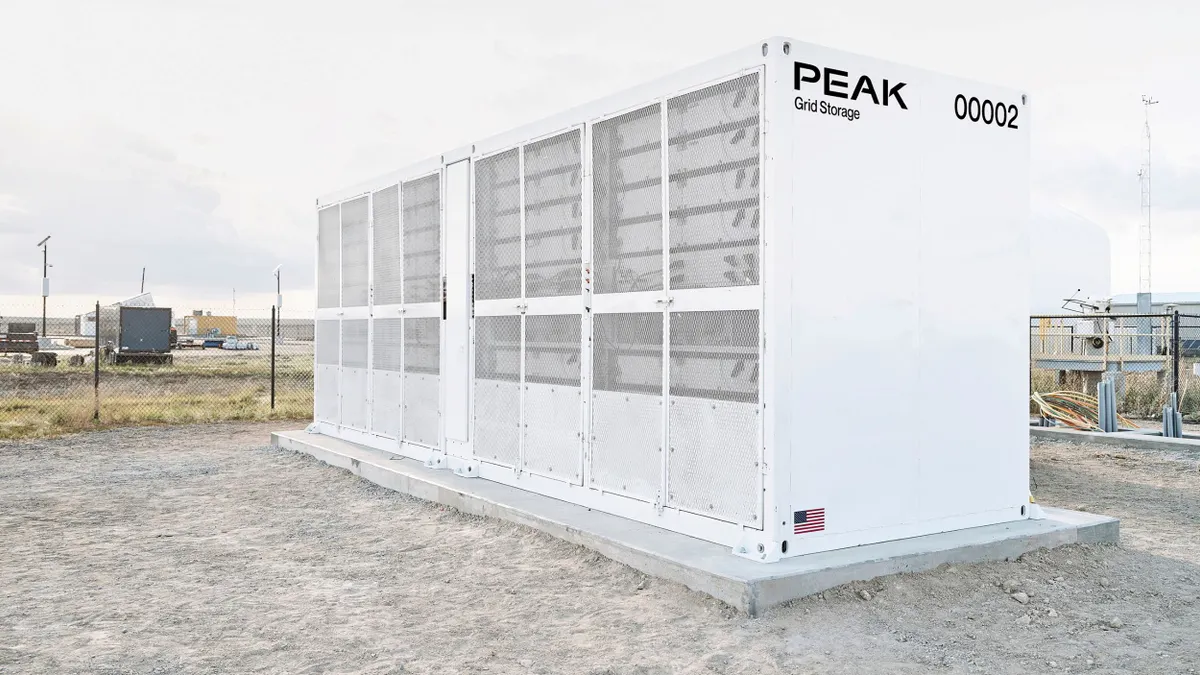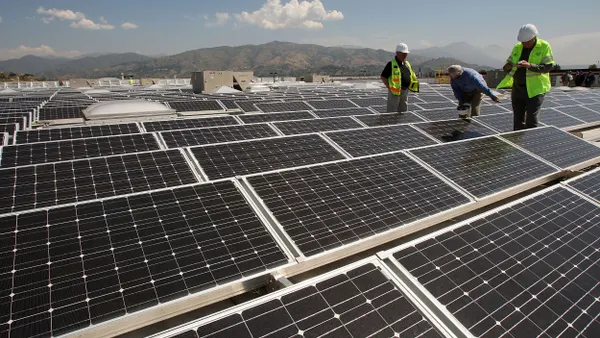The PJM Interconnection on Friday said it selected 51 projects to join a fast-track interconnection review process as part of a broad effort to ensure the grid operator has adequate supplies to meet its needs.
PJM has been warning that it faces looming power supply shortfalls as its supply isn’t keeping up with demand. That dynamic was reflected in the jump in clearing prices from PJM’s last capacity auction, which sparked backlash over rising electric bills and moves by the grid to boost supplies.
Gas-fired generation accounted for 69% of the selected capacity, followed by battery storage at 19%, nuclear at 12%, and coal at 0.1%. The projects consist of 39 uprates to existing power plants and 12 new power facilities. PJM expects 90% of the projects will be operating by 2030.
PJM selects 11.8 GW in Resource Reliability Initiative
PJM estimates that the selected projects will provide 9.4 GW of unforced capacity, a measure of how much capacity the resources are expected to supply during periods of the highest reliability risk. The solicitation results will be discussed at a PJM Planning Committee meeting on Tuesday.
Among selected projects, PJM opted to advance 450 MW in uprates at four power plants owned by Alpha Generation in Maryland, New Jersey and Ohio, according to Jack Lynch, a spokesman for the independent power producer.
The projects, which were assessed based on certain reliability and commercial operation date criteria, will be added to the just-started interconnection Transition Cycle 2 process, which already contains about 550 projects totaling about 50 GW in nameplate capacity.
PJM estimates the selected projects will be able to come online 18 months earlier than if the projects followed the grid operator’s normal interconnection process.
The RRI attracted 94 applications totaling 26.6 GW, the grid operator said in March.
The Federal Energy Regulatory Commission approved PJM’s one-time RRI in mid-February on a 3-1 vote.
In a prelude to potential lawsuits over FERC’s approval of the initiative, various companies, state officials and organizations in March asked the agency to reconsider its decision. They include Invenergy Renewables, the American Clean Power Association, the Solar Energy Industries Association, Advanced Energy United and MAREC Action, the Sierra Club, the Natural Resources Defense Council and other groups, the Office of the Ohio Consumers’ Counsel and the Environmental Law & Policy Center.
In part, they contend the RRI discriminates against proposed power projects that have been waiting in PJM’s interconnection queue.
PJM had 179.7 GW on its system with capacity obligations at the end of last year, according to Monitoring Analytics, the grid operator’s market monitor. Gas-fired generation made up almost half the capacity at 88.8 GW. Coal-fired capacity totaled 37.8 GW, followed by nuclear at 32.2 GW, hydro at 7.7 GW, solar at 5 GW, oil at 4 GW, wind at 3.6 GW and battery storage at 21.5 MW, Monitoring Analytics said in its State of the Market report, released in mid-March.
The RRI results indicate that market signals can spur investment in the power system, according to Todd Snitchler, president and CEO of Electric Power Supply Association, a trade group for independent power producers.
“When price signals are clear, private capital responds — bringing a mix of needed resources online to meet demand, support reliability, and protect consumers from unnecessary costs,” Snitchler said Friday in a press release. “By leveraging market mechanisms, PJM has successfully attracted private investment to develop the dispatchable and flexible resources our grid urgently needs.”















